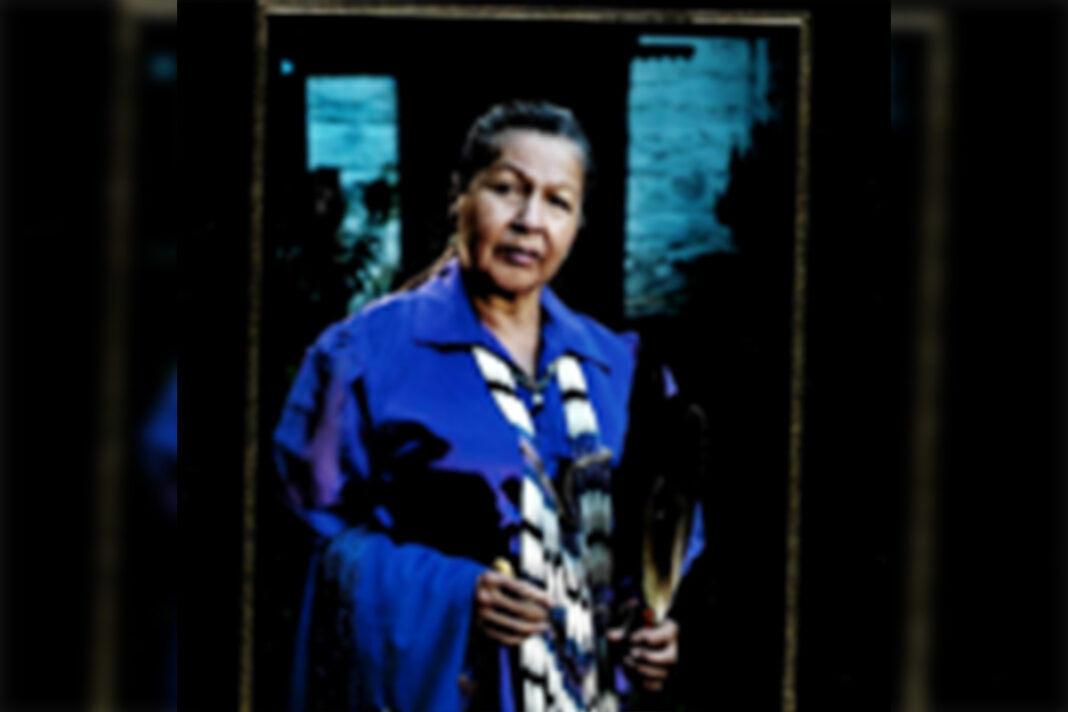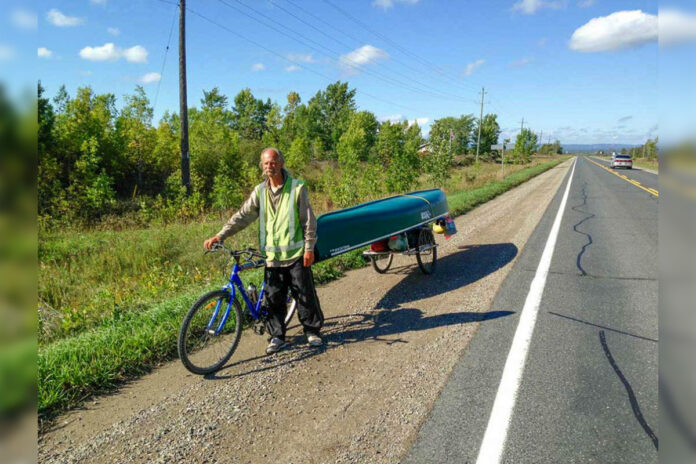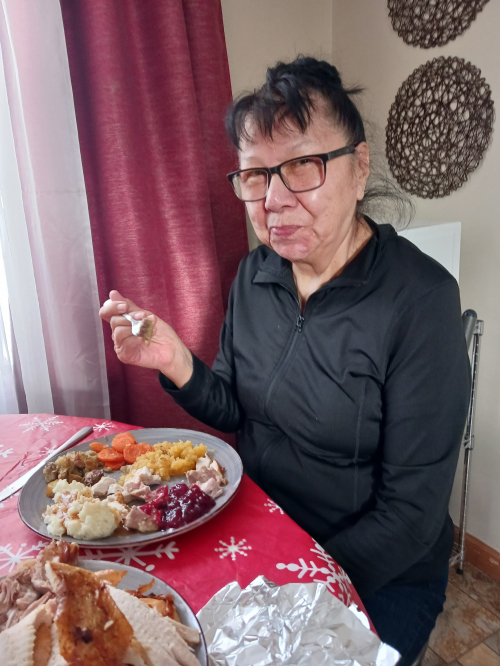Op/Ed
Truth and Reconciliation are both heavy-duty concepts. That they are both said and seen in the same phrase makes them super-heavy-duty ideas.
The “property of being in accord with fact or reality” is Merriam Webster’s definition of truth. Other definitions are similar “conformity with fact or reality,” or “a verified or indisputable fact, proposition, principle, or the like,” or “actuality or actual existence” or “an obvious or accepted fact.”
Here are some truths. It is a very strange reality to live in a Canada where a formal commission must be formed, witnesses called, stories told, documents produced, to provide a solid backdrop to the experiences of many hundreds of Indian children. Indian children over decades in Canada were removed from families, clans, communities and their nations in order to attend residential schools. The purpose of being placed in those schools was ostensibly to educate. In reality, their real purposes were to remove “the Indian from the child.” In other words, the purpose of residential schools was to obliterate use of Indigenous languages, negate Indigenous customs, life-ways, protocols, systems of governance, and methods of making a living. The residential schools almost succeeded. The damage that was caused was intergenerational: females grew up not knowing how to nurture, males grew up deprived of their roles and responsibilities, and most grew up learning that their own knowledge, life-ways, and national identities were negated, denigrated, and looked down upon.
These are the truths. These truths need to be learned, understood and accepted by the larger Canadian society before there can be reconciliation. In 2015, the Truth and Reconciliation Commission released its final report in which it documented the realities of the Indian Residential School system, the damage it caused, and the 94 calls to action as recommendations
There are several definitions of reconciliation: “the restoration of friendly relations,” or “the actions of making one’s view or belief compatible with another” or “an end to a disagreement or conflict with somebody and the start of a good relationship again.” Then there is this definition: “the state of being resigned to something undesirable or the process of achieving this state.” It is this latter definition that is the most accurate, in my view. The premises in the first three definitions are faulty. I do not believe that there were “friendly relations” between Indigenous and non-Indigenous peoples as a result of the theft and expropriation of our lands and resources. I do not believe that Indigenous and non-Indigenous peoples can make our views and beliefs compatible with each other. There is such a wide and severely entrenched difference between Indigenous ways of being, knowing and seeing and non-Indigenous ways. Another faulty premise is “the start of a good relationship again.” The idea that there were good relationships between Indigenous and non-Indigenous peoples belies the treatment of Indigenous peoples historically. How can you have a good relationship with non-Indigenous peoples when six of our young people between August 29 and September 8, 2024 were shot or run over by police vehicles?
Indigenous women and girls are killed at a rate six times higher than for non-Indigenous. More than half of the cases of the murder of non-Indigenous women and girls between 2009 and 2021 resulted in charges of first degree murder, according to Statistics Canada. However, when it was Indigenous women or girls who were murdered, the charges were manslaughter or second degree homicide, half as often as for non-Indigenous women and girls. The Murdered and Missing Indigenous Women and Girls Final Report documented more than 200 instances of being un-housed, homeless, or evicted from homelands. There is a highway in Canada called the Highway of Tears.
The most precise definition of reconciliation, in my view, is this one: “the state of being resigned to something undesirable or the process of achieving this state.” Actually what we are being asked to do when it comes to reconciliation is to accept many undesirable things. For instance, the Indian Act spells out who an “Indian” is, how much land makes up “Indian reserves” in Canada, and what the limits are to the authority of chiefs and councils.
Canada is made up of 9,985,000 square kilometres of land, from coast to coast to coast. It is the second largest land mass in the world, second only to Russia. Indian reserve land makes up a mere one-third of one percent of that land mass. Indian reserves are not owned by Indian people. Sure, they are “held in trust” by the federal government for the use and benefit of “Indians.” But Indian reserve lands cannot be sold, except to another “Indian.” When this happens, the transfer document is called a Certificate of Possession, which is merely, and only, the federal government’s permission to “use and occupy.” A CP is just a “quasi-ownership” document.
And then there is the homelessness situation. It is estimated that there are 235,000 homeless people in Canada. Of this, approximately 30 percent, or 70,000 are Indigenous. What contributes to homelessness? There are many reasons: poverty, emotional or physical abuse by a partner, parent, or sibling, substance abuse, lack of employment, family conflicts, lack of affordable housing, coming from a marginalized community, physical or mental disability and deteriorating mental health. Add to this the several decades old phenomenon of the “financialization of housing” or the “commodification of housing.” Housing is not for living in anymore, it’s for buying and selling. What is so strange to me is this: how is it possible for even one person to be homeless given that we live on the second largest land mass in the world, with abundant natural resources?
But there need to be rays of light, otherwise why keep going? There are some rays of light. Here and there are folks who have shown camaraderie, ally-ship, and friendship. Students in schools are learning about Indigenous peoples, our long history of being here in the Americas, 50,000 years before present (BP), some scholars say 130,000 years BP. Schools of architecture explore ancient Indigenous structures, city-states, and various types of modern Indigenous buildings. An eminent religious leader made a special trip to Canada to meet with Indigenous peoples, particularly residential school survivors. Colleges and universities have instituted Indigenous studies courses and programs.
I told a group of people recently that what we need to do is start behaving like hosts on our homelands, which indeed we are. We need to lift each other up psychically – even the un-bathed, and the foul-mouthed. We also need to continue to teach non-Indigenous peoples our history, about our realities, about our ways of seeing, being, and knowing – very gently of course.
What will happen if we don’t do these things? Well, things will continue as they currently do. Until Mother Earth, aka Mother Nature says, “that’s enough!” Then things change. Things are already changing – floods in different parts of the country, unprecedented severe forest fires, warming climate, changes to wild animal behavior as their natural habitats keep getting encroached upon, and strange new diseases popping up here and there, as in COVID-19.
What to do? We human beings need to learn how to get along with each other – and it goes both ways, not just Indigenous peoples adapting to white man’s way. We need to keep learning, keep sharing, and helping each other out whenever we can. Of course that does not mean that we let ourselves be walked all over. We learn what the boundaries are and we respect them.
How’s that for Truth and Reconciliation? I kinda like that myself. Have a good fall season, all.
Mii sa iw.
by Marie McGregor Pitawanakwat
EDITOR’S NOTE:
Marie McGregor Pitawanakwat is an Anishinaabe kwe residing in Wiikwemkoong Unceded Territory on Manitoulin Island. Ms. McGregor Pitawanakwat developed a business called Szhibeegen Training Services, which provided training and development to First Nation communities and NGOs, primarily in Northwestern Ontario and was focussed on community and business development. Her business won an award from the Northern Ontario Business Awards. She continues to be a strong advocate for Anishinaabe treaty rights.





